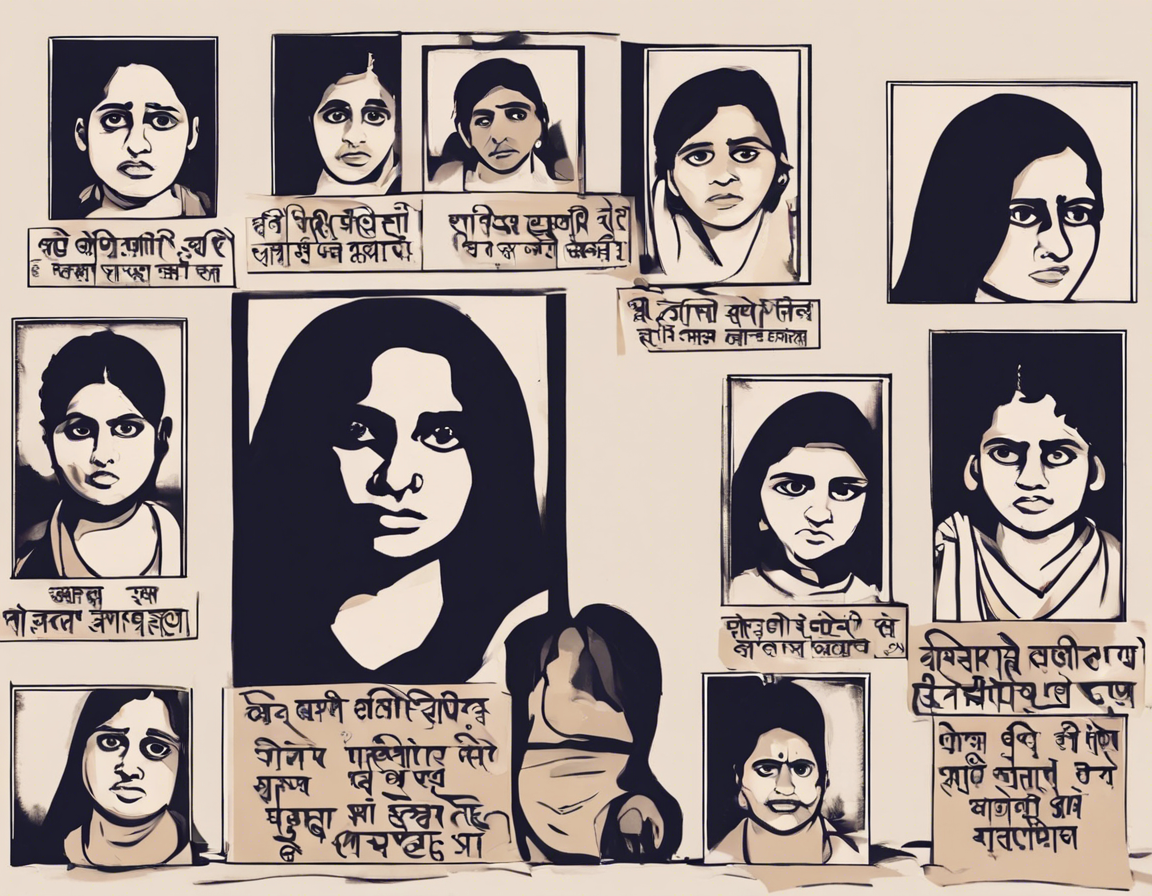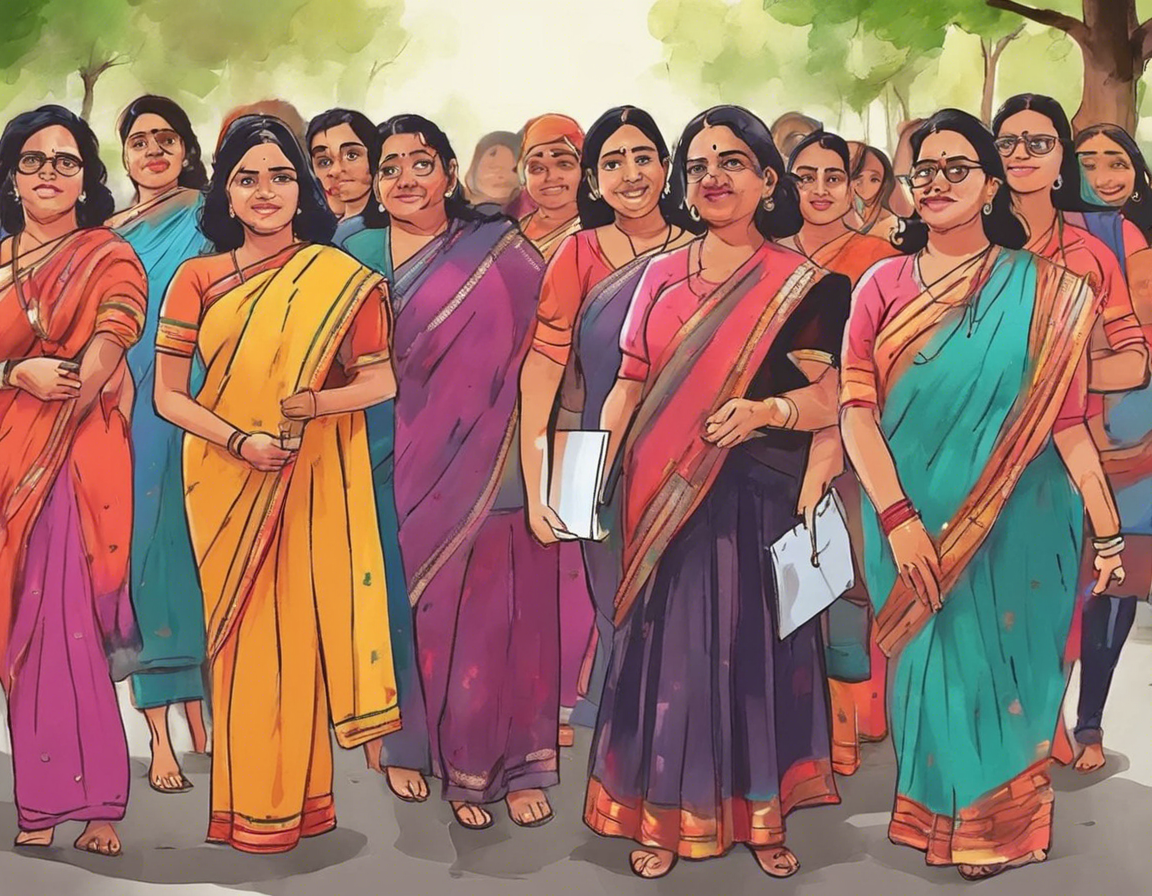The Nirbhaya case, often referred to as the Delhi gang-rape case, shook the conscience of the entire nation and sparked widespread outrage and protests in India and around the world. The incident took place on the night of December 16, 2012, when a 23-year-old female paramedical student, accompanied by a male friend, was brutally gang-raped by six individuals on a moving bus in Delhi. The victim, later identified as Jyoti Singh, succumbed to her injuries on December 29, 2012, in a Singapore hospital where she was airlifted for advanced medical treatment. The heinous nature of the crime and the brutality inflicted upon the victim led to a wave of public anger and demands for justice and safety of women in India.
The Incident and Aftermath
The appalling brutality of the crime sent shockwaves throughout the country, igniting widespread protests and calls for stringent laws to address violence against women. The public outcry forced the government to expedite the trial and introduce legal reforms to ensure speedy justice in cases of sexual assault.
The Nirbhaya case made international headlines, highlighting the pervasive issue of gender-based violence and the urgent need for societal change. It raised questions about women’s safety in public spaces and the effectiveness of existing legal frameworks in addressing such crimes.
Legal Proceedings and Convictions
The Nirbhaya case underwent a series of court proceedings that spanned over several years. The fast-track court that heard the case delivered its verdict on September 10, 2013, finding all the accused guilty of rape, murder, unnatural offenses, and other charges. The convicts included Ram Singh, the driver of the bus, his brother Mukesh Singh, Vinay Sharma, Pawan Gupta, Akshay Thakur, and a juvenile. Ram Singh was found dead in his prison cell during the trial, while the juvenile was sentenced to three years in a reform home.
Following the verdict, appeals and reviews were filed by the convicts in higher courts. The Supreme Court of India ultimately upheld the death penalty for the four adult convicts in May 2017.
Impact on Legal Reforms
The Nirbhaya case acted as a catalyst for significant legal reforms in India concerning sexual violence and women’s safety. The Criminal Law (Amendment) Act, 2013, commonly known as the Nirbhaya Act, was passed by the Indian Parliament in March 2013. The Act amended various sections of the Indian Penal Code, Indian Evidence Act, and the Code of Criminal Procedure to enhance punishments for sexual offenses and strengthen legal procedures for speedy trials.
The Nirbhaya Act introduced new offenses such as acid attacks, voyeurism, and stalking, along with stricter punishments for crimes like rape. It also redefined the definition of consent in sexual assault cases and mandated the establishment of fast-track courts for speedy trials of gender-based violence cases.
Lessons Learned and Ongoing Challenges
The Nirbhaya case underscored the need for a comprehensive approach to combatting violence against women. It brought to light systemic issues such as gender inequality, victim-blaming, police apathy, and judicial delays that hinder access to justice for survivors of sexual violence.
The case also emphasized the importance of consciousness-raising efforts to challenge gender norms and cultivate a culture of respect and equality. Education, awareness, and empowerment are key components in preventing violence against women and fostering gender sensitive communities.
While progress has been made in strengthening legal frameworks and support services for survivors of sexual violence, challenges persist in ensuring implementation and enforcement of laws and policies. Addressing root causes of violence against women, including poverty, discrimination, and patriarchal attitudes, remains a crucial endeavor for creating a safer and more inclusive society.
Frequently Asked Questions (FAQs)
1. What were the key legal reforms introduced as a result of the Nirbhaya case?
The Nirbhaya case led to the passing of the Criminal Law (Amendment) Act, 2013, commonly known as the Nirbhaya Act, which enhanced punishments for sexual offenses, redefined the definition of consent, and mandated the establishment of fast-track courts.
2. How did the Nirbhaya case impact public discourse on gender-based violence?
The brutal nature of the crime in the Nirbhaya case sparked widespread outrage and protests, elevating public awareness on issues of gender-based violence and women’s safety in India and globally.
3. What was the Supreme Court’s final verdict in the Nirbhaya case?
The Supreme Court of India upheld the death penalty for the four adult convicts in the Nirbhaya case in May 2017, ensuring justice for the victim and setting a precedent for stringent punishment in cases of sexual assault.
4. How did the Nirbhaya case influence societal attitudes towards women’s rights and safety?
The Nirbhaya case prompted a reexamination of societal norms and attitudes towards women, highlighting the urgent need for gender equality, respect, and safety for all individuals.
5. What ongoing challenges exist in combating violence against women in India post the Nirbhaya case?
Despite legal reforms and awareness campaigns, challenges such as police apathy, judicial delays, and systemic inequalities continue to hinder efforts to combat violence against women effectively in India.
6. What role does education and awareness play in preventing gender-based violence?
Education and awareness are crucial in challenging gender norms, promoting respect and equality, and empowering individuals to recognize and address instances of violence against women proactively.
7. How can communities contribute to creating a safer environment for women post the Nirbhaya case?
Communities can support survivors, advocate for gender-sensitive policies and practices, and actively work towards challenging harmful stereotypes and behaviors that perpetuate violence against women.
8. Are there support services available for survivors of sexual violence in India?
Various organizations and helplines exist in India to offer support, counseling, legal aid, and other services to survivors of sexual violence, ensuring they have access to the help and resources they need.
9. What role do men play in preventing violence against women?
Men play a crucial role as allies and advocates in addressing violence against women, challenging toxic masculinity, promoting gender equality, and being actively involved in efforts to create safer communities for all individuals.
10. How can individuals contribute to the ongoing fight against gender-based violence?
Individuals can support survivors, educate themselves and others on gender issues, speak out against injustice, advocate for policy changes, and actively work towards creating a society that is free from all forms of violence and discrimination.



